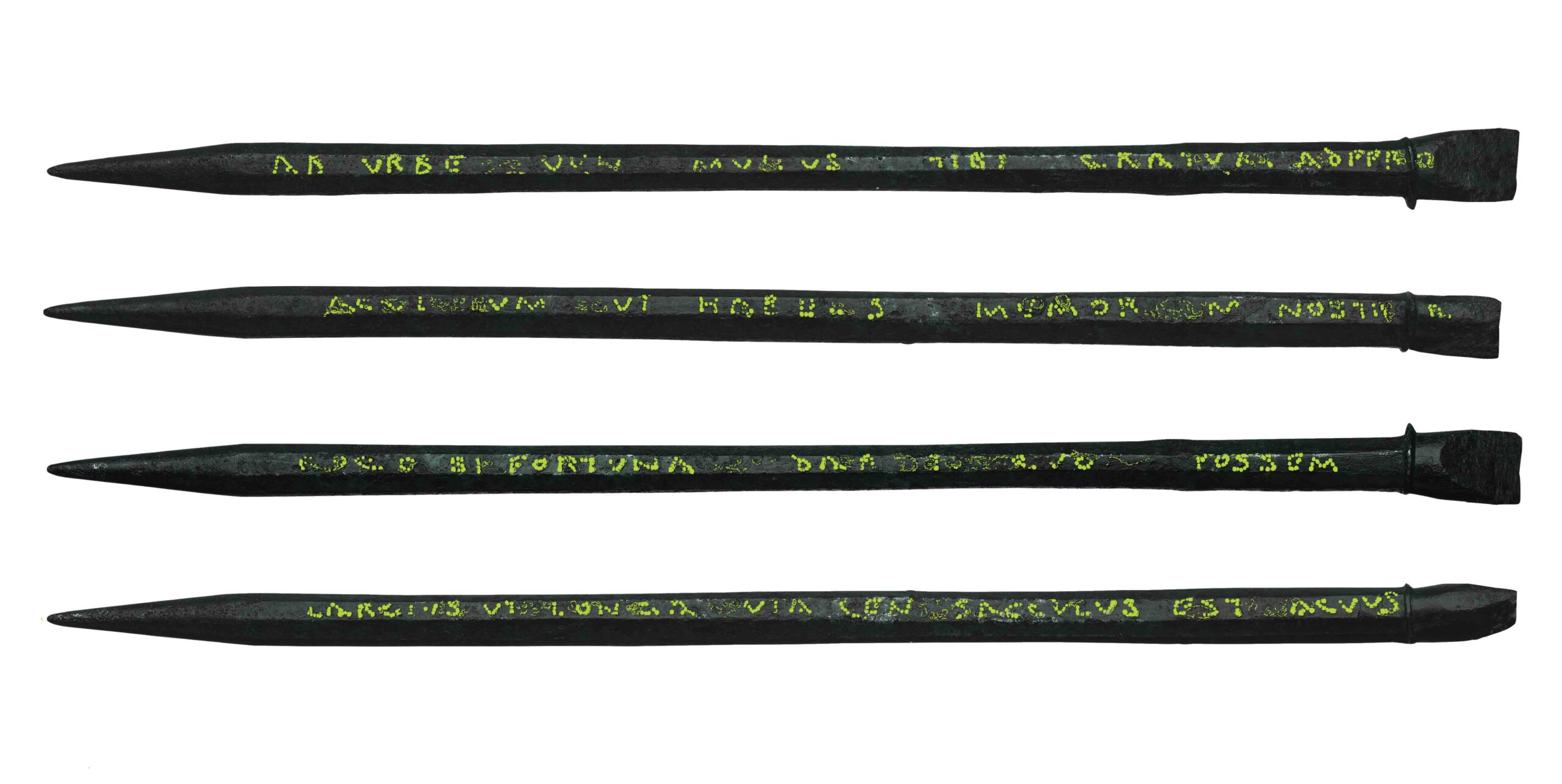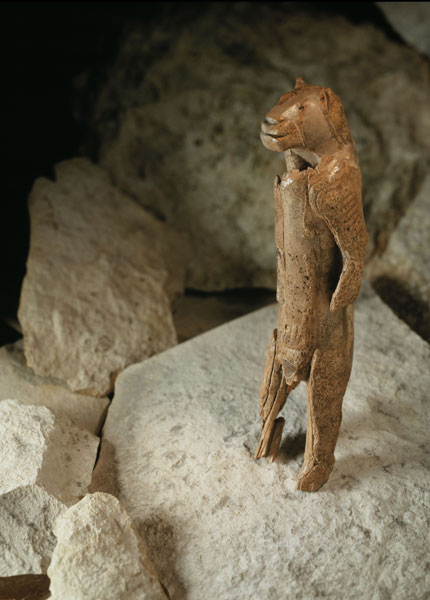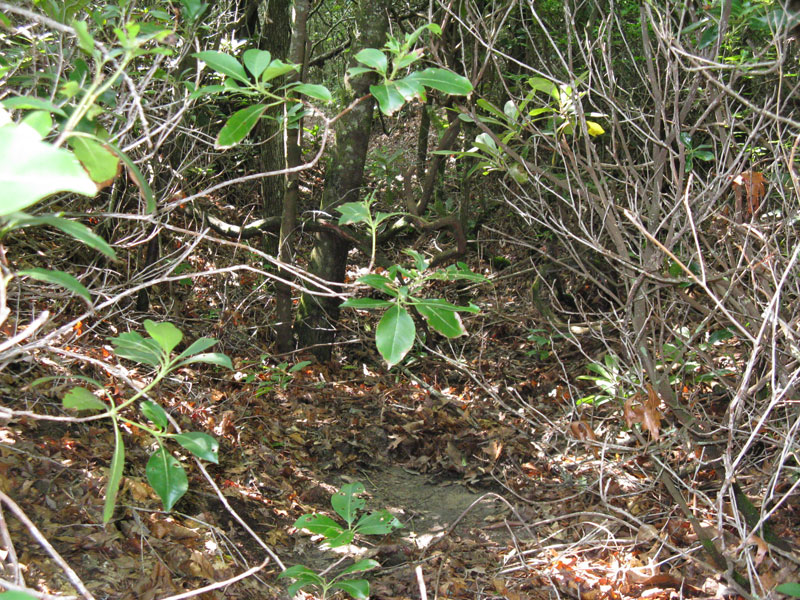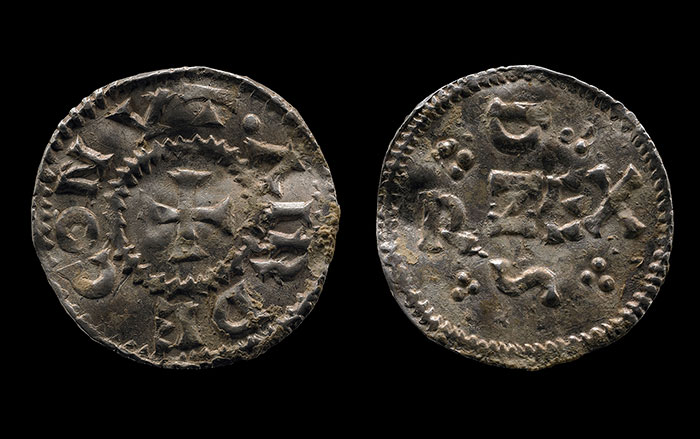
Denmark Street, in London's West End, contains a series of terraced houses dating to the late seventeenth century. In the nineteenth century, the street was notorious for poverty and prostitution, and by the twentieth, it had become a hub for musicians, music shops, and live venues. The Rolling Stones and David Bowie have histories there, and Steve Jones, founding guitarist of the seminal punk band The Sex Pistols, squatted at 6 Denmark Street, once home to a silversmith. Archaeologists interested in the history of antiestablishment, working-class punk music and culture have documented drawings on walls there by Sex Pistols member John Lydon (a.k.a. Johnny Rotten) in the 1970s—profane graffiti and caricatures of himself (right), Jones, band manager Malcolm McClaren (left), bassist and singer Sid Vicious, and others. The cartoons and graffiti are representative of early punk in their rude, rebellious themes and could also represent a move by Rotten to take control of the band, of which he was not an original member. "This very archaeological record offers something visceral and immediate, generatingt unique insight," wrote independent archaeologist Paul Graves-Brown and the University of York's John Schofield in their paper about the site in the journal Antiquity. "We could sense their presence as unruly ghosts, lounging on the sofas and writing on the walls," though not all of them are dead just yet.











